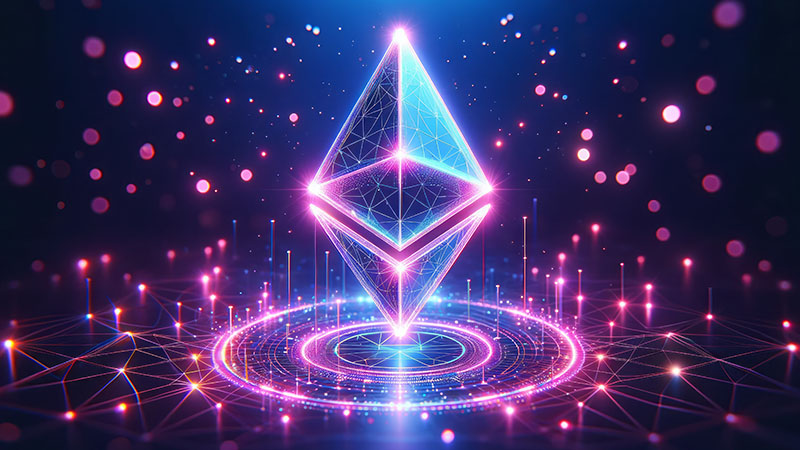Vitalik Buterin continues to push the boundaries of blockchain technology with his recent blog post, introducing a new Ethereum upgrade known as "The Verge."
This innovation could enable Ethereum clients to operate on devices like smartwatches, reducing hardware requirements and promoting broader decentralization.
However, challenges remain before this vision can be fully realized. Find out how Buterin's proposal aims to shape the future of Ethereum.
Running Ethereum Clients on Smartwatches
On October 23, 2024, Ethereum co-founder Vitalik Buterin revealed in his blog that an upcoming upgrade could make it possible to run Ethereum clients on devices as small as smartwatches.
This announcement is part of Buterin's ongoing series of blog posts, where he discusses "the future potential of the Ethereum protocol." The latest post particularly focuses on an upgrade known as "The Verge."
Buterin explained that this upgrade could significantly reduce the costs associated with blockchain validation and lower the hardware requirements for running an Ethereum client. Ideally, this would lead to a client configuration that does not require several gigabytes of storage.
Clients that don’t need multiple gigabytes of storage are referred to as "stateless clients." In the future, this could allow Ethereum clients to run on devices like smartwatches, greatly expanding the number of devices capable of participating in Ethereum validation.
Lowering hardware requirements would facilitate broader participation in Ethereum’s network validation, directly contributing to greater decentralization.
Buterin has consistently emphasized the importance of decentralization. In fact, in September 2024, he made it clear that he would not support Layer 2 (L2) solutions that fail to meet a sufficient level of decentralization.
How "The Verge" Works and Its Challenges
The Verge, as mentioned above, aims to reduce hardware requirements, making it easier to run Ethereum client nodes. Currently, Ethereum requires nodes to store hundreds of gigabytes of data to record the state of the blockchain, and this data grows larger each year.
The key innovation behind The Verge is that it allows block validation without needing to store the entire blockchain state. This gives rise to so-called "stateless" clients that can validate blocks without keeping track of all previous blockchain data.
However, Buterin acknowledged several challenges to implementing The Verge. He pointed out that changing the data structure to accommodate this upgrade could introduce computational issues.
Thus, while the vision is clear, there are still hurdles that need to be overcome before full implementation can occur.
>> Read the latest article on Ethereum here
-

L1 Network Revenue Plummets by 99%: Ethereum's Transformation and Emerging Challenges
Ethereum's Layer 1 network revenue has plummeted by 99% since March 2024, driven by the rise of Layer 2 solutions following the Denkun upgrade. Discover how this has impacted ETH supply, price, and the growing competition in the Layer 2 market.
続きを見る


